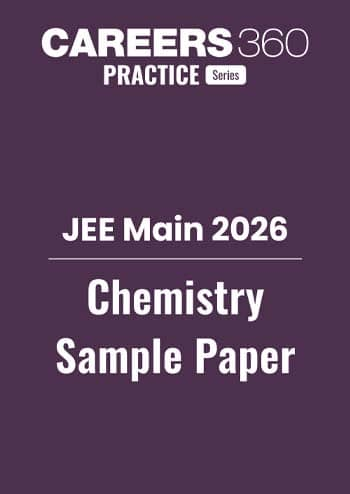Hydroboration and Oxidation - Practice Questions & MCQ
Quick Facts
-
38 Questions around this concept.
Solve by difficulty
Cis-2-butene is subjected to epoxidation by reaction with peroxy benzoic acid. Which of the following represents the product obtained?
1-Butyne $\xrightarrow{2[\mathrm{H}]} A \xrightarrow[\text { BenzoylPeroxide }]{\mathrm{HCl} \text { in }} B \xrightarrow[\mathrm{KOH}]{\mathrm{Al}} C, C$ is
Concepts Covered - 2
Hydroboration-oxidation serves as an important method for synthesis of alcohol(1o & 2o). The reaction occurs as follows:

The addition of boron hydride is syn-addition. It is generally carried out by BH3 (boron hydride) or B2H6 (diborane) in THF. In each addition, the boron atom becomes attached to the less substituted carbon atom of double bond and H is transferred from boron atom to the other carbon atom of double bond. Thus it follows Anti-Markonikoff’s addition.
In the second step on reaction with , the
group of
replaces the
from the less substituted carbon initially containing the double bond.
It is to be noted that there is no formation of carbocation during the reaction and hence no rearrangement occurs in the reaction.
The mechanism of the reaction is outside the scope of your Class XI/XII syllabus.
Cold concentrated sulphuric acid adds to alkenes in accordance with Markovnikov rule to form alkyl hydrogen sulphate by the electrophilic addition reaction.
For example:
Mechanism: In this reaction, carbon-carbon double bond is broken first. Then one of the H+ is released and combines with one of the carbon. Now, a carbocation is already formed after the breaking of double bond. Now, if the carbocation has a possibility to achieve more stability, then first it becomes more stable either by hydride shift or methyl shift. Then HSO-4 binds with carbocation and forms the final product as given below.

Upon heating the above product with boiling ,
group replaces the
leading to the formation of Alcohol

Study it with Videos
"Stay in the loop. Receive exam news, study resources, and expert advice!"














